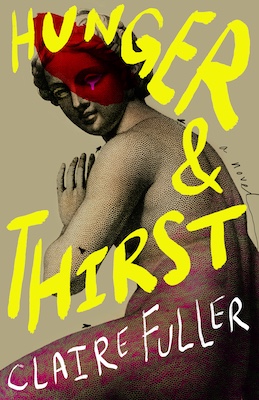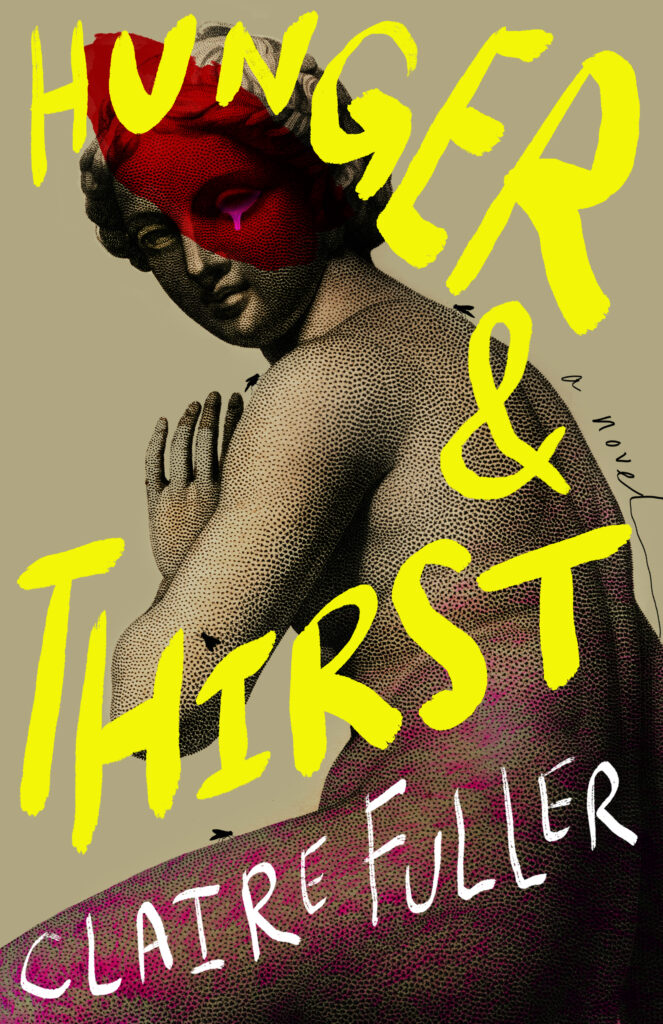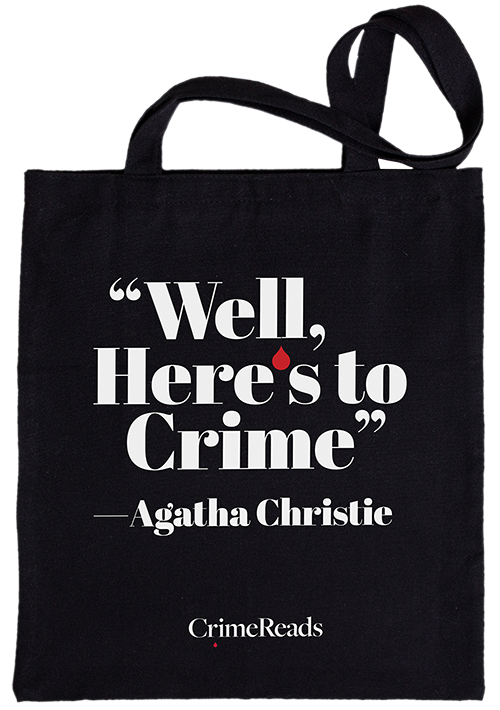
All everyone wants to know about is the murder and what we did with the body: armchair detectives, tabloid journalists, the curious and the ghoulish, speculating on what happened. After the documentary was broadcast, even a few art critics and reviewers circled back to the events that occurred in the late 1980s at the Underwood. The house was bulldozed years ago, but as I sit half-asleep and upright on my chair or sprawled out in a dream state, I see again the textured glass in the front door, find myself creeping down the L-shaped hallway or staring through the kitchen window to the garden, where the sofa squats in the long grass. Then my mind takes me outside and up onto the roof, where I balance on the highest point and gaze at the flowering candles of the horse chestnut—the tree miraculously alive once more. I spread my arms and tip my body forwards, aware that behind me the garage waits.
The conspiracy theorists, internet trolls, and Emma Zahini will not be happy with what I have to say, but nevertheless this is the truth. Now I have to prepare myself for whatever is coming, and must decide whether or not I let it in.
Excerpt continues below cover reveal.

***
In 1987 I was a naive sixteen-year-old living in a halfway house inhabited by recovering alcoholics, ex-junkies labouring at keeping themselves clean, and men recently released from prison. This troubled group of misfits was no family, but it was the only place my social worker, Joy, could find for me at short notice. She’d got me a job as well, in the local art school’s post room, hired via a “Get Youth Back Into Work” scheme she’d managed to wangle me on to, although at sixteen I was below the eligible age and, since it was my first job, I wasn’t going back into employment.
In the mornings after sorting the post with my colleague Terry, I pushed my trolley through the art school’s various departments: Film Studies, Painting, Photography, and Print-making. I saved Sculpture until last so I could linger, inhaling the industrious smells of plaster, glue, and sawdust, loitering by the noticeboard—a palimpsest of flyers for the Wednesday-night disco, guitar lessons with tear-off strips, film nights, lost keys and a found watch, a sign-up form for a trip to a forthcoming Jacob Epstein exhibition in London.
Of course, I wouldn’t have used the word palimpsest in those days. Like most teenagers I believed I knew everything, but really all I had to go on was the shitty little corner of the world I’d experienced so far. Joy was always saying Keep your head down, Ursula, stay out of trouble and you’ll be fine. My eye-opening understanding of the world came only a month or so after I walked through the Sculpture department that morning in early May.
I deposited the post for Sculpture, and stopped at the double doors to the second-year studio. They were always open, and I would often pause to look in, but that morning I left my trolley in the corridor and stepped inside. The studio was large and white, with a high ceiling and windows that faced north. There weren’t any students in that early, but they had demarcated their workspaces with strips of masking tape stuck to the floor, and I went from one area to the next examining the sculptures: an enormous horse welded from rusty lengths of metal; chunky sections of wood pegged together to make what looked like a giant’s chair without a seat; a mountain of old boards nailed any which way; and a clay head covered in damp cloth that I unwrapped and prodded. I touched them all, inspected them, formed an opinion.
In the fifth space the student had left a half-finished wood carving about the size of an adult torso, and it lay in the middle of the marked-out area with chips of wood strewn about like dry potato peelings. I hefted the sculpture over with ease and considered what it was supposed to be, coming to the conclusion that the student was trying to carve some oversized intestines tangled around half a dozen ribs. Beside it lay the tools the student had been using: a squat mallet and several chisels, one of which I picked up and moved from hand to hand, trying to work out how it should be held before raising it above my head like the killer in the shower scene from Psycho, a film I’d watched half a dozen times at least.
“What do you think of the carving?” a voice said, and hoping I hadn’t been seen, I put the chisel back on the floor. Ms. Barker, tall and slender with long limbs and short hair, cut high across her forehead like a helmet, crouched beside me, and I inhaled the citrus scent of her perfume. I waited for her to say something about the chisel or to ask what I was doing in the studio. But Ms. Barker was waiting patiently as though she valued my opinion, and I did have one, I’d just never been asked it before, about anything.
The intestines didn’t contrast enough with the ribs; they looked as though they were made of the same material, which of course they were.
“No comment?” she said.
“It’s not hungry enough.” I wasn’t sure hungry was the right word, but Ms. Barker said, “I think you might be right. It’s not working hard enough, there’s no desire in there.” I was proud that in a small way I’d impressed her. We stood, and then she took in the nylon jacket and skirt of the post room uniform, saw the trolley she must have walked past. On her face was an expression of awkwardness that she’d mistaken me for a student. She muttered an excuse and hurried out into the corridor as though to go to the Sculpture office. I followed. Beside the noticeboard, strips of yellow sunlight slid through the small oblong windows near the ceiling, and a cold rushing swept through my body, a sensation I’d had a thousand times before.
Perhaps these things aren’t significant: the life I didn’t have, the way the light fell from the windows across the floor. Maybe they don’t mean anything, but long after what happened that summer, and the consequences, which have lasted a lifetime, I have finally realized that some stories need to be told.
__________________________________


